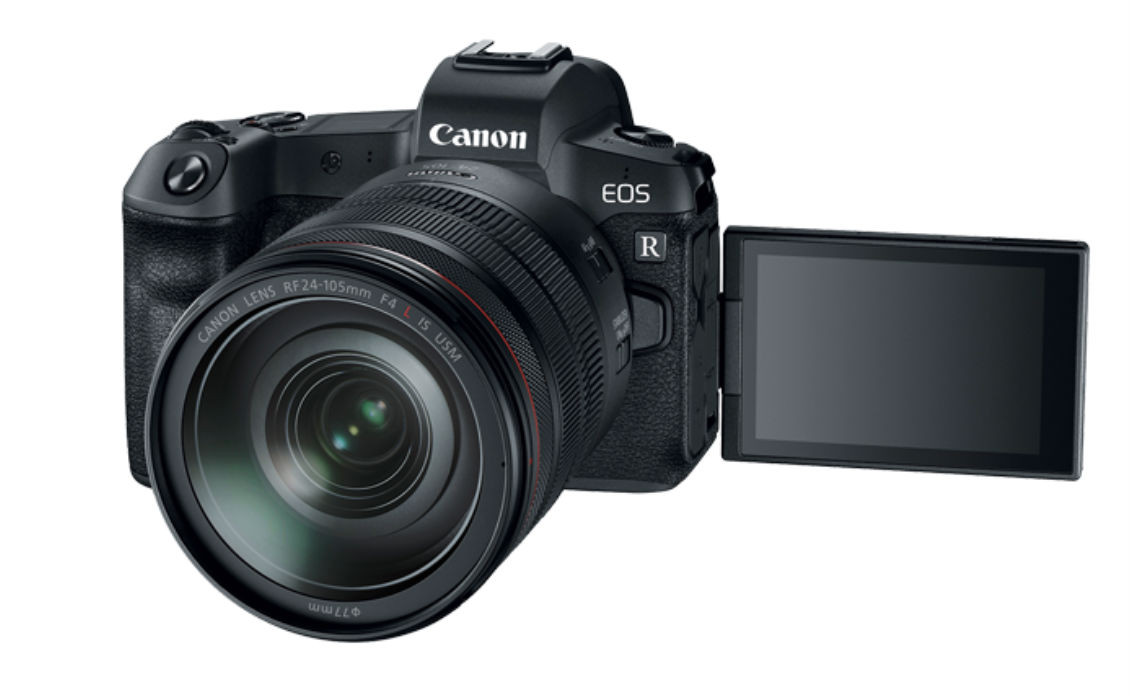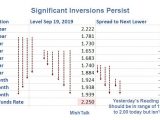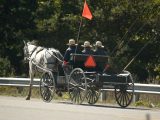
The Gear You Need to Take Perfect Food Photos
September 19, 2019Welcome to BUYABLES, a new series that will show you how to upgrade your life and the things you need to buy to do it.
When it came time for famed chef Michael Solomonov of the James Beard Award winning Zahav to write a cookbook for his Philadelphia-based jawn he knew right away who he'd call on to shoot the photos: Longtime collaborator-turned-friend Michael Persico. Through their years of work together on various shoots and projects his food had been elevated through Persico's lens. The choice was as obvious as Zahav's hummus is smooth.
Persico shoots chefs and their food around the globe, and his photos are bright, evocative, [insert third positive adjective] and—like any food photo worth its salt—will make you very hungry. So when he was in the VICE office to shoot photos of Culinary Director Farideh Sadeghin's favorite ingredients this week, we asked him to give us a breakdown of the gear he uses to get the perfect food shot. So consider this a cheat sheet! (The talent you'll have to develop on your own.)
Canon Digital Cameras
It’s all about a good capture, and ease of capture more importantly. I love the Canon Digital Cameras, specifically the Canon 5D MrkIV or the Canon R mirrorless. I stick with Canon mostly for familiarity and system interchangeability. I want everything to work together and not have to think too hard about it. Fussing over settings and lighting is great (to a point) but that also means learning how to get that done with a new system if you’re constantly changing your setup. If you prefer a different brand, great. Learn it once and build on that so you’re spending more time shooting and less time figuring out how to change your settings.
Profoto B1
This battery powered Strobe by Profoto freed up my shooting life in more ways than I even expected. They travel well, charge pretty fast and last pretty long in the field. Setup and breakdown with wired strobes was for the birds. Especially in tight restaurant environments. If you want to feel like your life is truly in danger, try shooting in a busy restaurant, during service, and go ahead and lay down strobe wires and extension cords all around a kitchen or server station. It's a (bad kind of) rush. They can be on the pricey side, but for me, the value of battery powered far outweighs the cost. Since shooting food isn’t as demanding on the lights as, say, shooting fashion when you’re talking lots of rapid fire capture, the batteries will get you, in most cases, a full shoot on one charge.
Grey Cards
OK I get it, you’re a natural light shooter and you wouldn’t dream of shooting any other way to highlight the natural beauty in the food and drink shining before you. I love natural light shooting as much as anyone, but it ain’t shit (pardon) if you can’t get the color temp to look natural, amiright? Chances are color temp everywhere is affected by a lot more factors than you’re considering, especially in uncontrolled environments. Natural environments. Grey cards represent a universal grey that help you find your baseline when coloring your images. Get to zero and take it from there. Everything will look more delicious. This goes for artificial light too, the auto settings on your computer are only approximations.

A Good Pair of Shoes
No joke, I consider this a part of my kit. By its very nature doing this job means I’m on my feet a lot. Like a lot a lot. I bought a pair of Blundstone 510’s for a recent work trip to Ireland (cool, usually wet with long shooting days) and have been wearing them ever since. Waterproof, slip on and off, light as all hell and holy shit are they comfortable. I switch between those and my Converse Chuck 70’s (the new ones that have that good cushioned footbed). I feel like I can shoot all day in either.
Tether Programs
I use Capture One but I have some photo friends who swear by Lightroom. Seems to be a personal preference based on workflow. Wherever you land on that doesn’t matter as much as the time you’ll save by beginning the editing and level adjustment process as you shoot. My post production time has been reduced to a fraction of what it was before I started using them. There are, of course, some situations where tethering would be ridiculous...but whenever I have the chance, I take it. It also doesn’t hurt that it has a relaxing effect on whoever you’re working with. They can see your vision and progress as you shoot together and your pictures are tethered to a computer monitor they can see, a wonderful thing.
VICE Media makes a small commission on products linked in this article.



